Labrador Retriever
Showing all 12 results
-

Happy Pawlidays Labrador Standard Tee White
$19.99$15.00 -

Happy Pawlidays Labrador Hoodie White
$39.99$29.99 -

Happy Pawlidays Labrador Sweatshirt White
$34.99$24.99 -

Happy Pawlidays Labrador Standard Tee Heather Grey
$19.99$15.00 -

Happy Pawlidays Labrador Hoodie Heather Grey
$39.99$29.99 -

Happy Pawlidays Labrador Sweatshirt Heather Grey
$34.99$24.99 -

Happy Pawlidays Labrador 15oz Mug Super Deal $7.99
$29.99$7.99 -
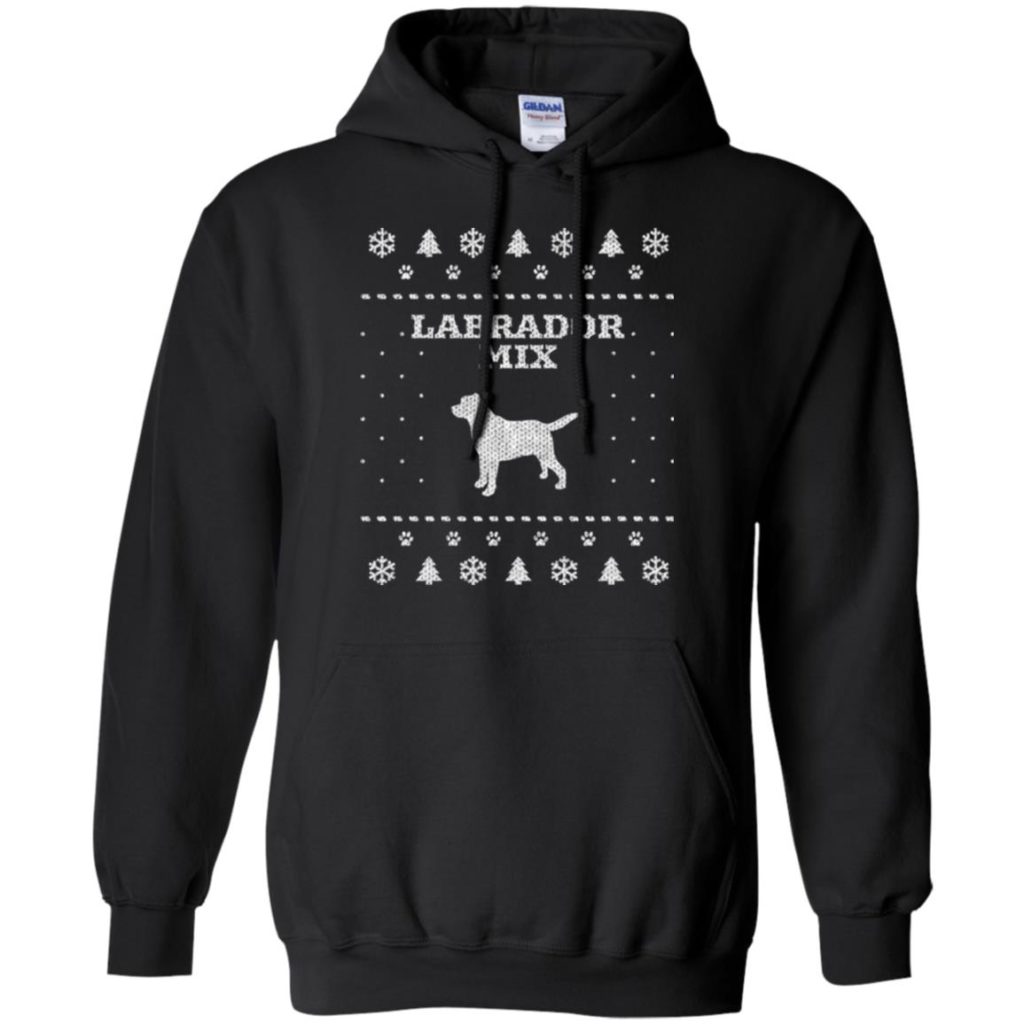
Labrador Mix Christmas Pullover Hoodie Black
$39.99$29.99 -

Labrador Retriever Christmas Pullover Hoodie Black
$39.99$29.99 -

Vintage Lab USA Pullover Hoodie White
$39.99$29.99 -

Vintage Lab USA Slouchy Tee Heather White
$23.99$21.00 -
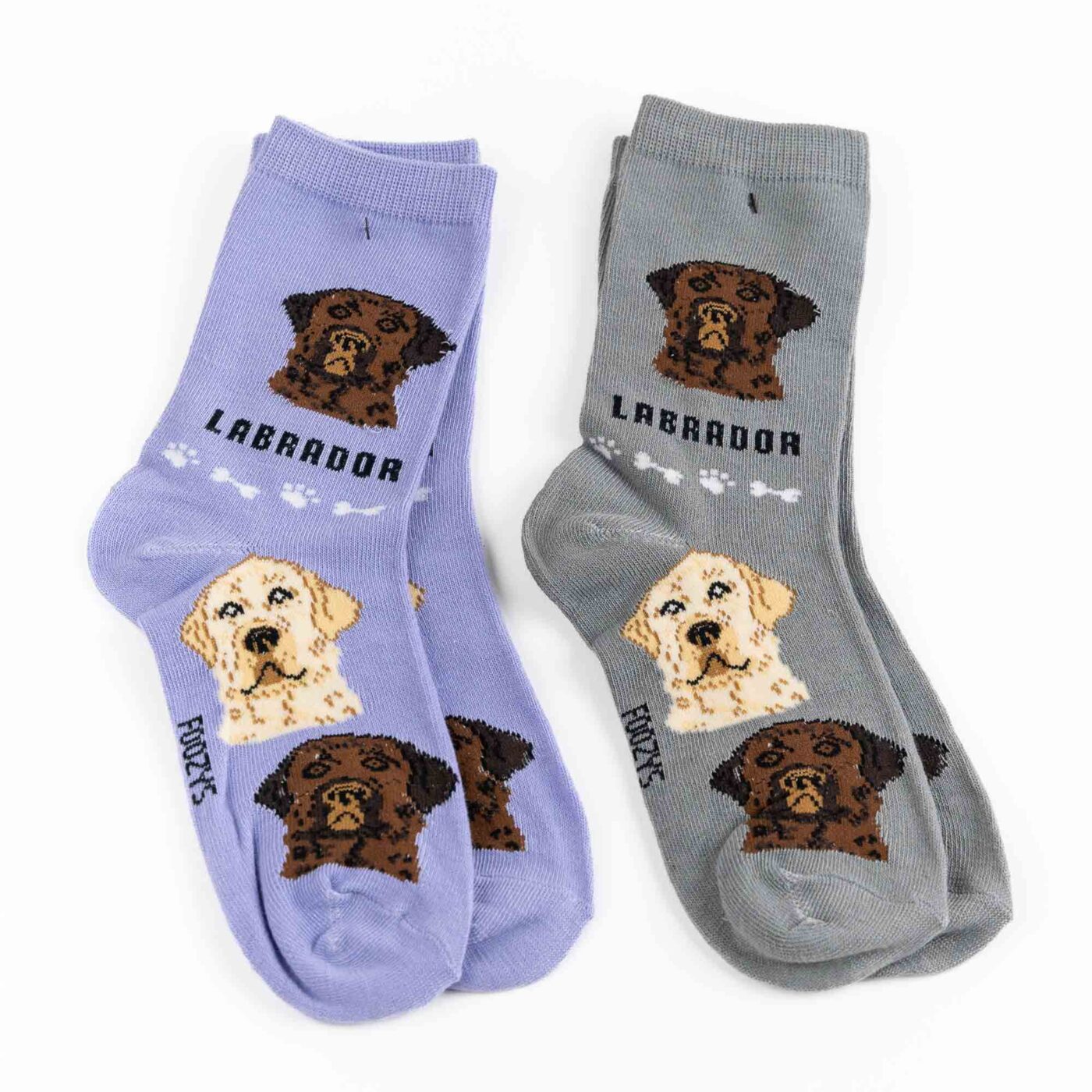
My Favorite Dog Breed Socks ❤️ Labrador – 2 Set Collection
$9.99
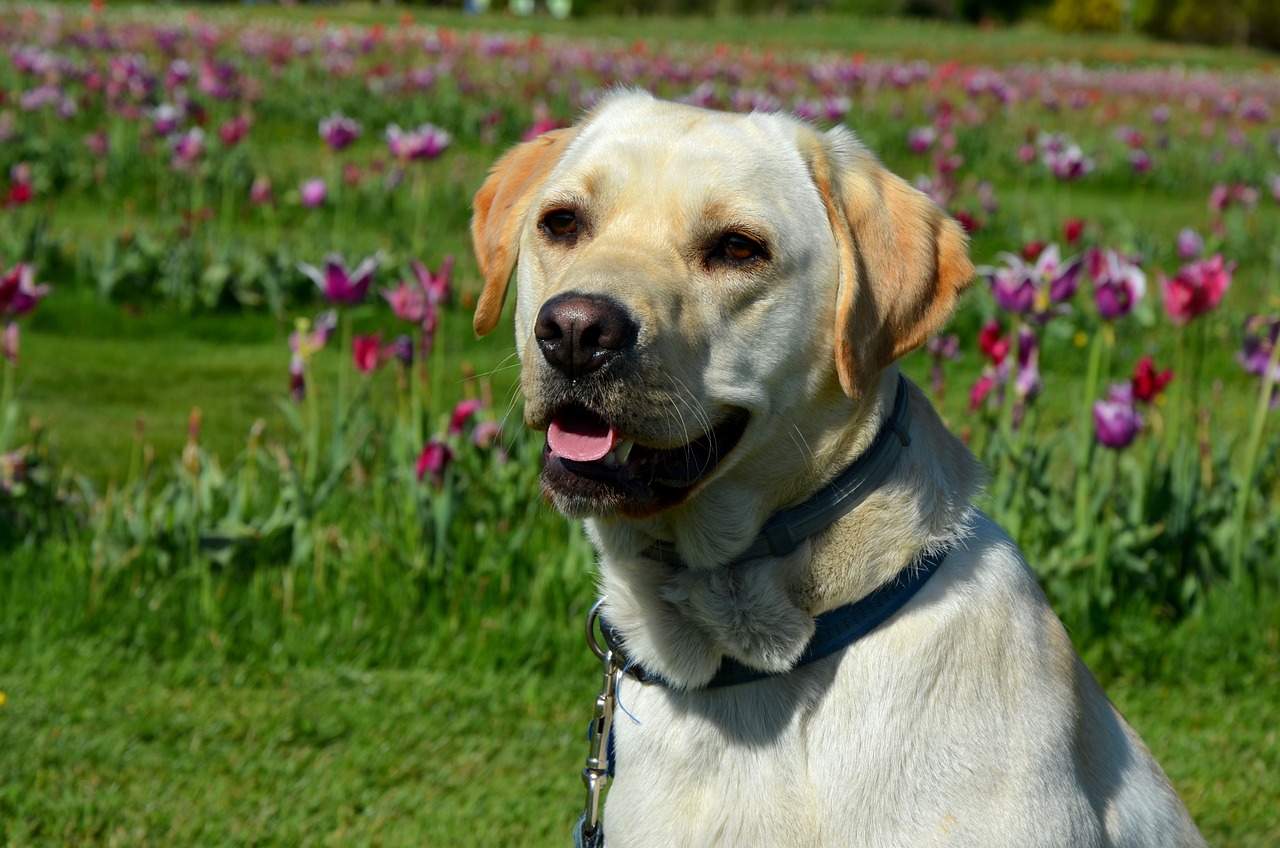

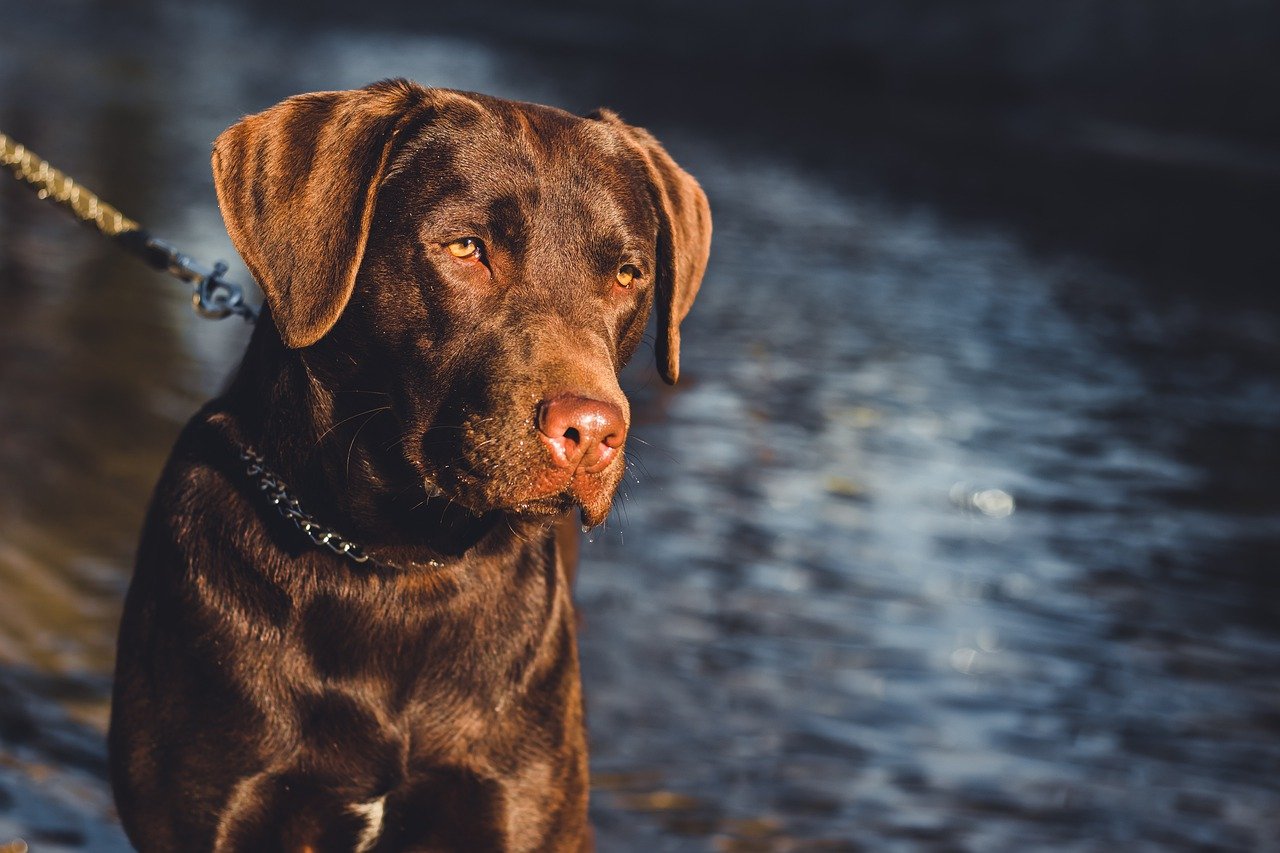
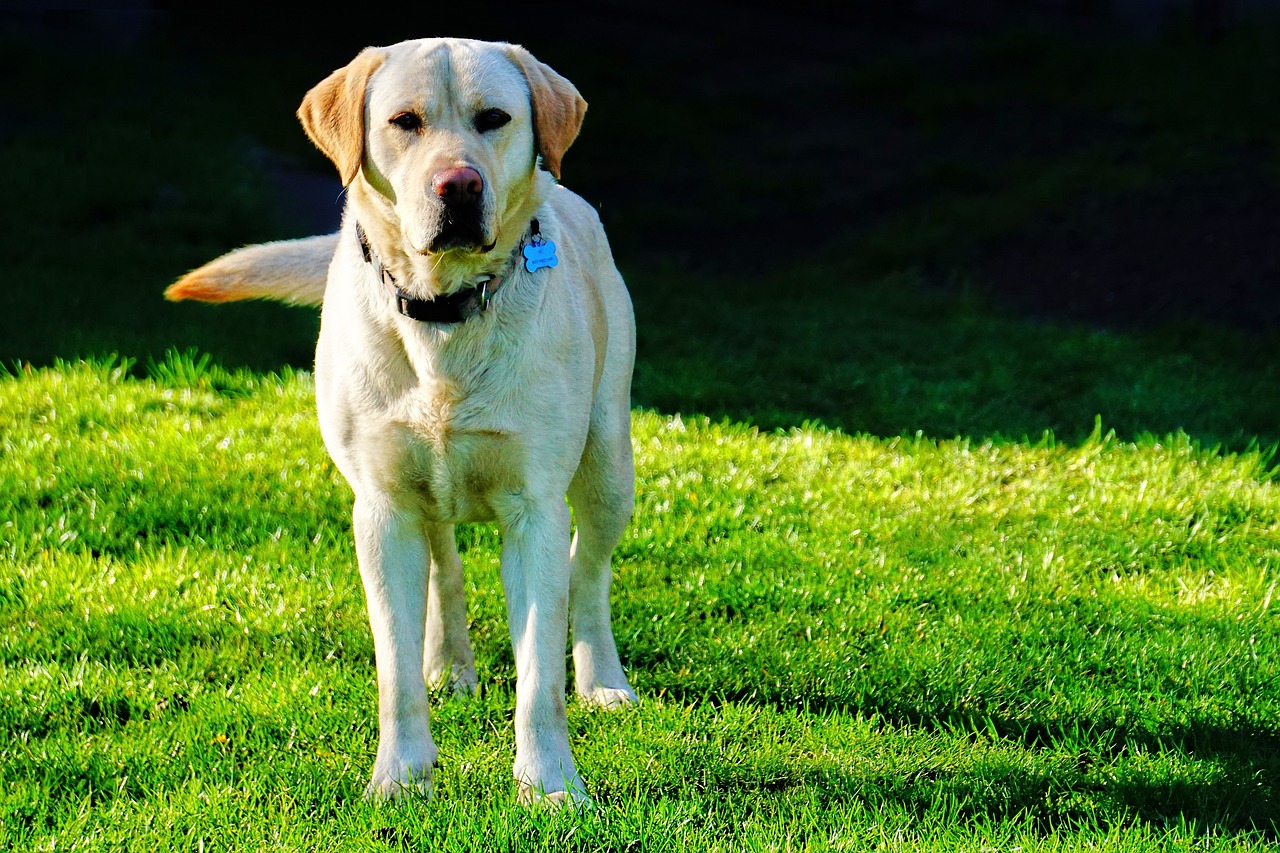
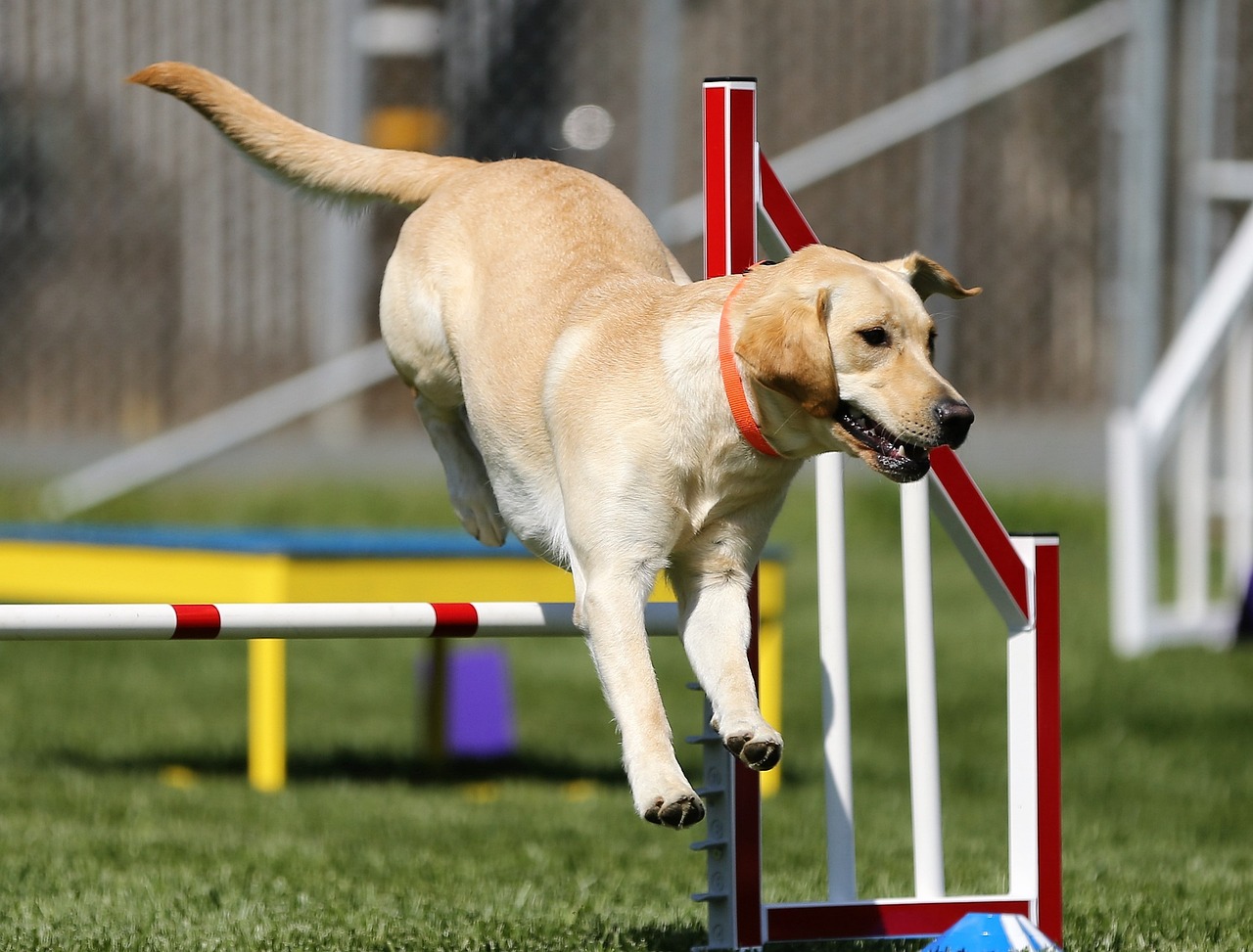




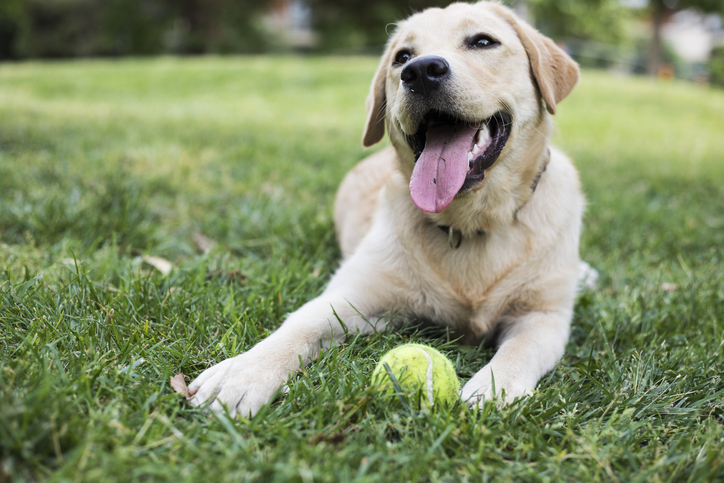


 Toledo, United States.
Toledo, United States.